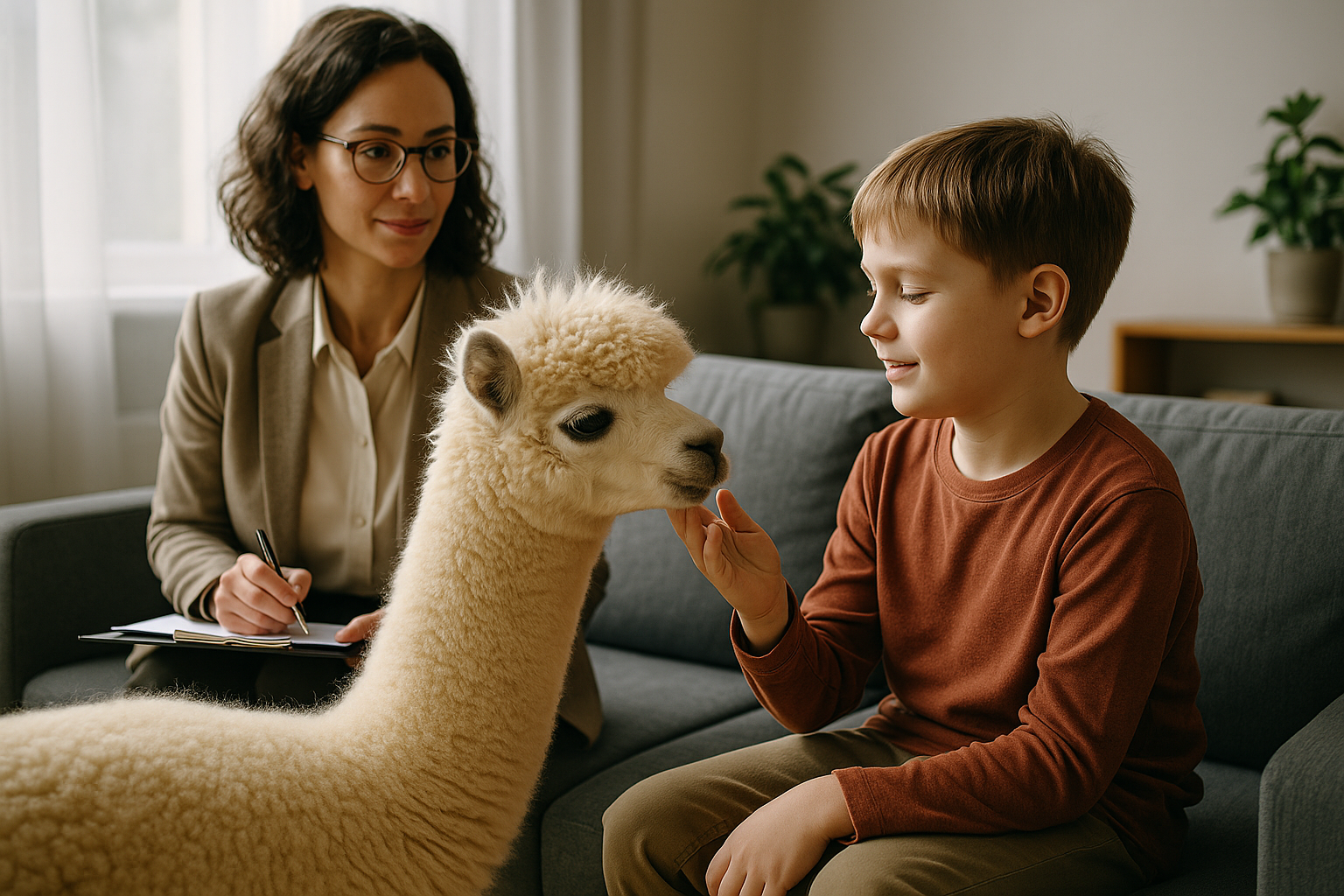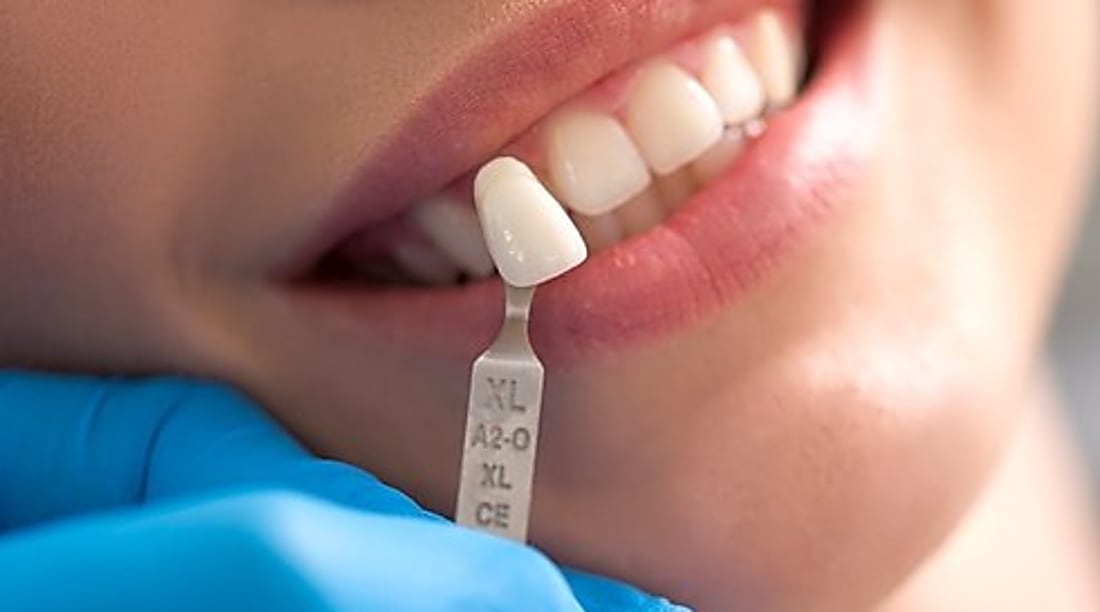Rethinking the Role of Therapy Animals: Beyond Dogs and Cats
There's a growing body of evidence suggesting that animals can offer therapeutic benefits to humans, beyond the usual suspects of dogs and cats. From horses to guinea pigs, let's delve into this fascinating world of alternative therapy animals. The use of animals in therapeutic settings isn't a new concept. It dates back to ancient Greece, where people used horses for therapeutic riding. Fast forward to the 20th century, the advent of animal-assisted therapy (AAT) was largely influenced by the work of child psychologist Boris Levinson in the 1960s. Levinson discovered that his dog Jingles had a remarkable effect on his young patients, particularly those with autism or emotional disorders.

The Healing Power of Unconventional Therapy Animals
While dogs and cats are frequently used in AAT, it’s important to acknowledge the therapeutic potential of other animals. Horses, for example, are used in equine-assisted therapy, which has been found especially beneficial for people struggling with mental health conditions like depression, anxiety, and PTSD.
On the smaller side of things, guinea pigs have been successfully used in therapy sessions with children who have autism. These small, gentle creatures can help to increase social interaction and decrease anxiety levels.
Current Trends: Therapy Animals in Today’s World
Today, the use of therapy animals has expanded dramatically. Alpacas are being used in care homes due to their calming presence, while birds, with their vibrant colours and soothing songs, are aiding in the recovery of stroke patients.
There’s also a growing trend of using miniature pigs in therapy, particularly for children with special needs. Though the cost of owning a miniature pig can range from $600 to $1000, their intelligence and sociable nature make them a worthy investment.
The Market Impact of Alternative Therapy Animals
The rise in the use of unconventional therapy animals has led to a burgeoning market for pet supplies, care services, and training. This trend is also driving increased research into animal-assisted therapies and the development of related professional standards and certification programs.
Concluding Thoughts
The world of therapy animals is vast and varied. As we continue to explore the therapeutic benefits of different species, we are bound to uncover fresh insights into the healing power of our animal companions. This not only opens up new opportunities for therapy but also enriches our understanding of the profound connections that can exist between humans and animals.
As we continue to navigate the intriguing world of therapy animals, it’s clear that the scope for therapeutic interaction extends far beyond dogs and cats. The potential for healing and comfort that animals bring to our lives is truly remarkable in its diversity and depth.




